Fear connects us all, from whispered legends to Hollywood's biggest thrills. Exploring the history of scary movies unveils more than just entertainment—it’s a journey through our deepest anxieties, cultural shifts, and the evolution of what chills us to the bone.
Unlocking this dark past helps us understand why the horror genre continues to captivate, unsettle, and even comfort us. By diving into how horror films developed from silent experiments to modern blockbusters, you'll discover not only what scares us, but also why we're drawn to scream again and again.
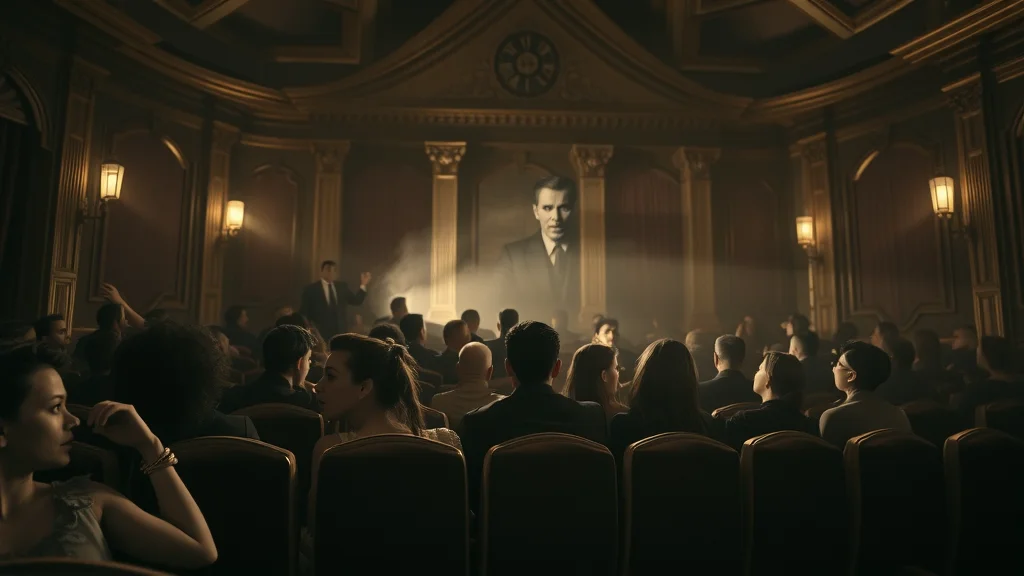
Why Study the History of Scary Movies?
There’s a special place in the shadowy corners of culture for scary movies. Whether you’re a die-hard fan of slashers, zombies, or elevated psychological thrillers, the history of scary movies is also the story of us: how we process fear, respond to change, and even poke fun at the things that haunt our dreams. By exploring the origins and rise of horror films, we can better understand how collective fears—about war, society, nature, or the unknown—get projected onto the big screen.
And while many films follow trends, the horror movie often sets new ones, reflecting anxieties, introducing groundbreaking special effects, and daring to go where other genres won’t. The more we study the horror genre, the more we learn about ourselves, our history, and the ever-evolving dance between filmmaker and audience.
What You'll Learn About the History of Scary Movies
Discover major eras in the history of scary movies and horror films
Understand how the horror genre evolved in response to cultural anxieties
Learn what makes classic horror movies, slasher films, and modern horror so compelling
Explore significant milestones like banned horror film releases and blockbusters
See how stories like 'Nightmare on Elm Street', 'Texas Chain Saw Massacre', and 'Dawn of the Dead' shaped the story of horror
A Chilling Timeline: Table of the History of Scary Movies and Horror Films
Era |
Landmark Film/Movement |
Impact on Horror Genre |
|---|---|---|
Late 1890s–1920s |
Cabinet of Dr. Caligari, Jekyll and Mr. Hyde adaptations |
Birth of horror film visual style |
1930s–1950s |
Universal Monster movies, Night of the Living Dead |
Golden Age, established horror movie archetypes |
1960s–1980s |
Slasher films (Texas Chain Saw Massacre, Nightmare on Elm Street) |
Rise of subgenres, explicit themes |
1990s–2000s |
Scream, resurgence of supernatural horror |
Meta-horror, blending with comedy, indie hits |
2010s–Present |
Modern horror innovations, global horror films |
Elevated horror, social commentary |
The Origins: Silent Shadows in the History of Scary Movies
Early Experiments and First Scary Movies in the Horror Genre
Analysis of 'Cabinet of Dr. Caligari' (1920)
Influence of 'Jekyll and Mr. Hyde' adaptations on horror films
Emergence of silent horror films in Europe and the U.S.
The late 19th and early 20th centuries were the testing grounds for fright, where groundbreaking visions emerged from the foggy stages and laboratory shadows of early cinema. 'The Cabinet of Dr. Caligari' (1920), with its angular sets and haunted atmosphere, defined the visual grammar for the history of scary movies—not just through its tales, but through German Expressionism’s stark shadows and twisted realities. Before “talkies” ever debuted, the likes of ‘Jekyll and Mr. Hyde’ adaptations gave audiences a taste of duality and dread, using clever editing and makeup to shock viewers without a single word.
Silent horror films from the U.S. and Europe set foundational tropes, influencing future directors to experiment with mood, lighting, and psychological exploration. This era planted the seeds that would later blossom into slasher films, supernatural tales, and the modern horror phenomenon.
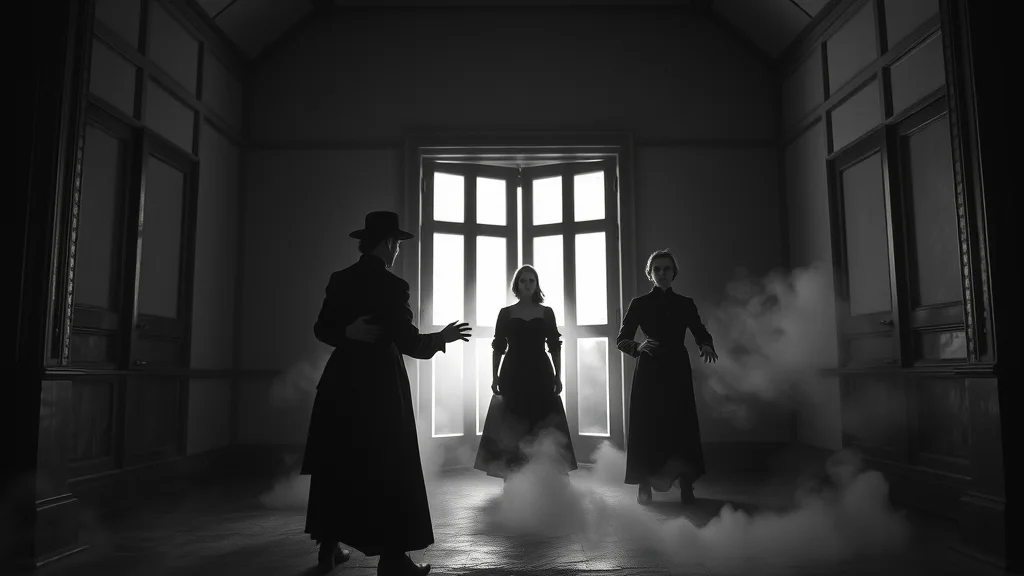
"The oldest and strongest emotion of mankind is fear, and the oldest and strongest kind of fear is fear of the unknown." — H.P. Lovecraft
What Was the First Scary Movie Ever? (PAA)
The title of the very first scary movie is often given to 'Le Manoir du Diable' (“The House of the Devil,” 1896) by Georges Méliès. Though playful by today’s standards, Méliès’s film introduced spooky visuals, bats, skeletons, and supernatural tricks—ingredients that would season the recipe for future horror films. This early innovation illustrated how even brief, silent films could tap into our primal fear of the unknown, laying the groundwork for the horror genre’s enduring fascination with the macabre.
As more filmmakers took risks, audiences eagerly lined up for haunted castle tales, shadowy transformations, and the first glimpses of cinematic evil—proving that the craving for goosebumps crossed eras and continents.
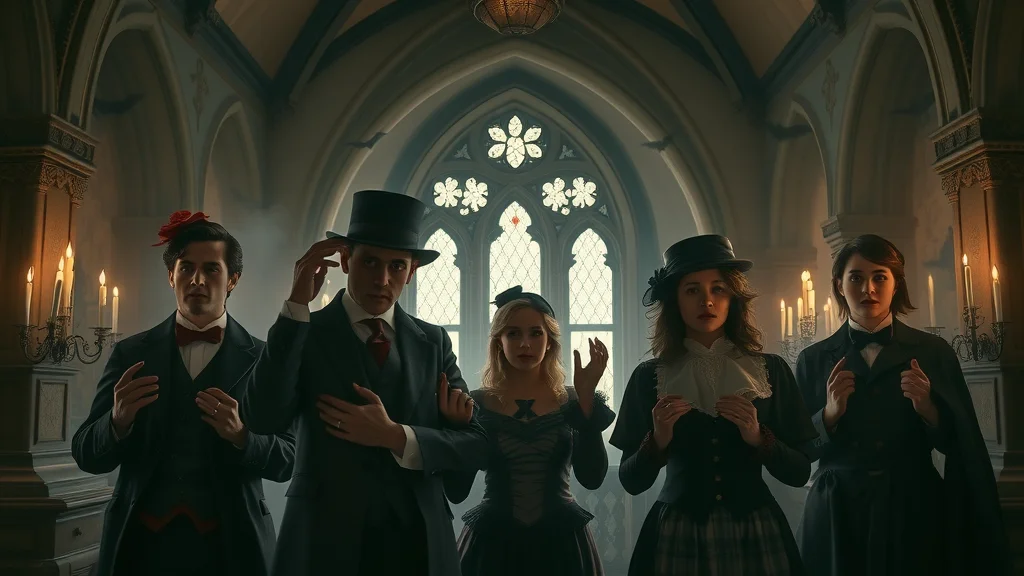
The Golden Age: Hollywood Horror Films and Studio Scares
Universal Monsters: Dracula, Frankenstein, The Mummy, and their influence on the history of scary movies
Horror films and censorship: The Hays Code era
How audience fears during war and crisis shaped horror movies
The 1930s to 1950s are known as the Golden Age of Hollywood Horror. Powerful film studios like Universal unleashed iconic monsters on the world—Dracula, Frankenstein, and The Mummy—turning chilling legends into silver screen royalty. These horror films established the core archetypes, from mad scientists to tragic antiheroes, and showed how the horror movie could thrive in the mainstream. As World War II raged and postwar uncertainties mounted, filmmakers used horror to explore real-life anxieties via fictional terrors.
A period of strict censorship, the Hays Code era, pushed creators to develop subtler thrills, relying on suggestion, atmosphere, and psychological tension. Decades later, these foundational stories are still revered, demonstrating the genre’s adaptability and its resonance with changing societal moods—even as critics questioned the influence of scary stories on audiences.

"Horror films provide a safe space to explore the taboos and anxieties we can't confront in daily life." — Dr. Sarah Bannister, film historian
International Influence: Foreign Horror Films in the History of Scary Movies
Expressionist horror from Germany and the impact of 'Cabinet of Dr. Caligari'
Japanese and Italian horror film innovations
Globalization of the horror genre and its story across cultures
While Hollywood set much of the early stage, international voices revolutionized the history of scary movies. German Expressionism—seen in ‘Cabinet of Dr. Caligari’—offered warped visuals and psychological dread that still influence horror films today. Japanese filmmakers led with haunting folklore and ghostly tales, as seen in classics like ‘Kwaidan’ or the chilling ‘Ringu’, introducing new narrative rhythms and supernatural fears. Italian directors, such as Mario Bava and Dario Argento, brought stylistic gore and operatic color to the screen, launching the “giallo” subgenre and inspiring slasher films worldwide.
As horror movies globalized, they reflected local fears and traditions, making the horror genre a truly international conversation—and proof that fright needs no translation. Whether it’s the masked killers of Japan, vampires from Romania, or zombies in Italy, the world’s nightmares have helped shape a genre that continuously evolves and thrives in every culture.
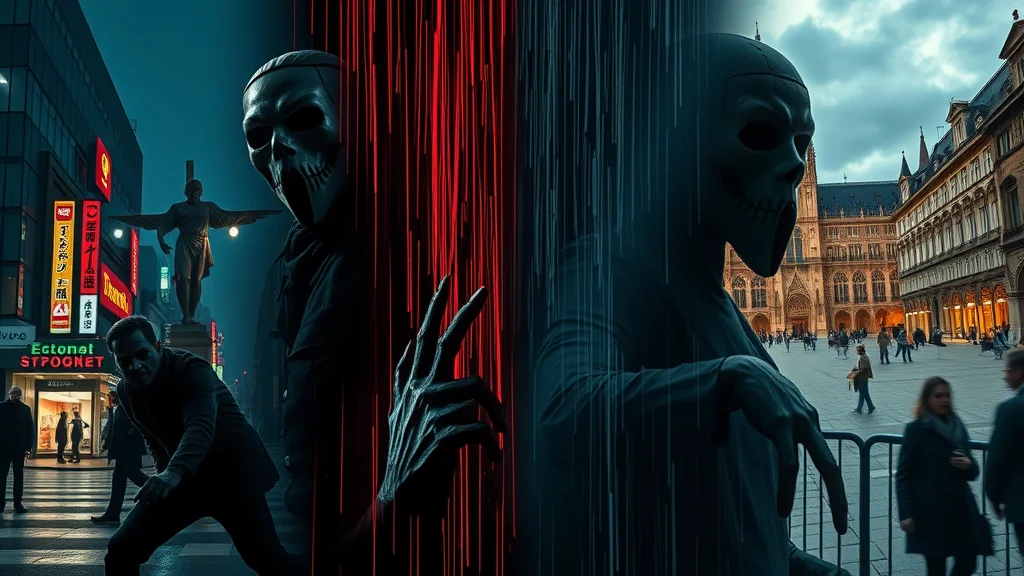
Rise of the Living Dead: New Age of Horror Films
'Night of the Living Dead' and the Zombie Invasion
George A. Romero broke new ground with 'Night of the Living Dead' (1968), forever transforming how the world saw both zombies and the horror film. Romero’s approach was radical: “the living dead” became not only metaphors for societal fears—such as racial tensions, consumerism, and war—but also relentless on-screen threats that shocked audiences. The film balanced blunt social commentary with relentless scares, firmly locating itself in the history of scary movies as a turning point.
Its gritty, documentary style and unflinching violence set new standards for realism, leading to the explosive popularity of the zombie trope in later decades. ‘Dawn of the Dead’ and its successors expanded this vision, proving that horror could both terrify and make sharp observations about our world—a duality that continues to pulse through modern horror cinema today.

Slashers, Frights, and the Birth of the Blockbuster Horror Movie
The Texas Chain Saw Massacre: Slasher Film Roots
‘The Texas Chain Saw Massacre’ (1974) didn’t just shock moviegoers—it changed the horror genre forever. With its gritty aesthetic, relentless pacing, and air of grim reality, the film drew on true crime and urban legends to reshape how horror movies delivered scares. Regarded as the prototype slasher film, its legacy extends into a wave of boundary-pushing films, including ‘Nightmare on Elm Street’.
These movies redefined cinematic terror by using memorable killers, perilous locations, and a style that placed viewers squarely in the path of danger. The rise of slasher films marked a new era: horror as the ultimate blockbuster, with devoted fan bases and iconic monsters finding fresh life on VHS tapes and midnight screens.
Elm Street and Beyond: Horror Genre Icons
The story of horror: Freddy Krueger, Michael Myers, and Jason Voorhees
Rise of franchises and box-office success
'Nightmare on Elm Street' and its cultural legacy
No history of scary movies is complete without celebrating the enduring popularity—and pop culture dominance—of modern monsters. The late 1970s and 1980s introduced Freddy Krueger (‘Nightmare on Elm Street’), Michael Myers (‘Halloween’), and Jason Voorhees (‘Friday the 13th’): menacing masks, twisted motives, and box office magnetism.
With sequels, reboots, and vast franchise universes, these characters made the slasher film an annual tradition. ‘Nightmare on Elm Street’ stood out for blending reality and dreams, while Michael Myers’ mute persistence and Jason’s lakeside terror set new standards. Beyond the gore and screams, these films explored teen anxieties, family secrets, and society’s changing morals, tying back to the original purpose of the horror film: confronting what scares us most, with a little fun along the way.
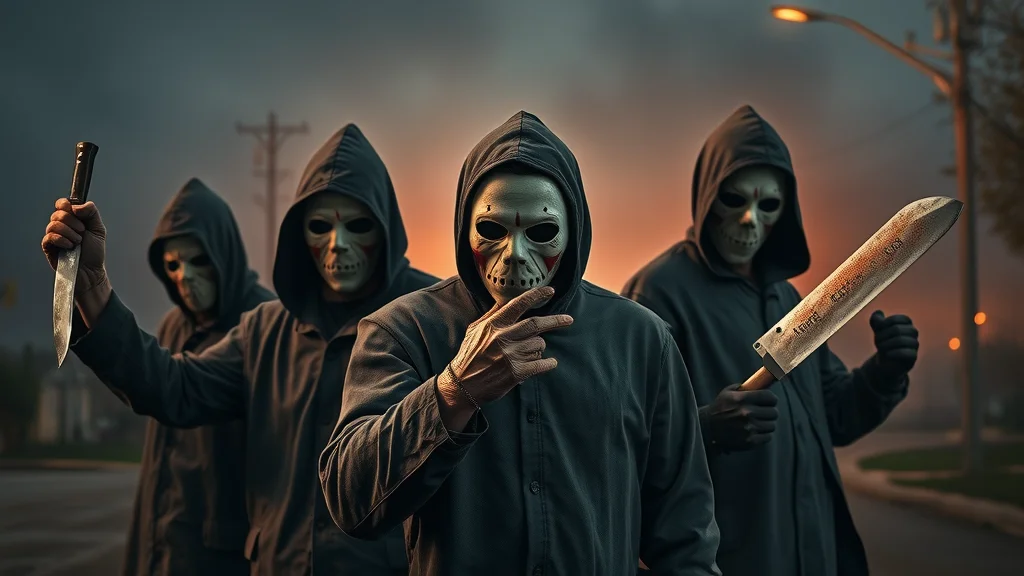
Natural Horror: When Nature Strikes Back in Horror Movies
The emergence of natural horror films: Jaws, Piranha, and Anaconda
Reflection of environmental anxieties in the horror genre
Not every horror movie villain comes from folklore or nightmares. The 1970s and beyond saw the rise of natural horror, a subgenre where everyday animals and forces of nature become objects of terror. Steven Spielberg’s ‘Jaws’ (1975) made audiences fear going into the water, combining suspenseful storytelling and groundbreaking special effects to craft a new kind of blockbuster.
Films like ‘Piranha’ and ‘Anaconda’ built on those themes, using creature attacks as metaphors for environmental anxieties and humanity's fragile place in the ecosystem. This strand of the horror film genre reflects collective fears about pollution, disease, and climate change—demonstrating once again how horror movies evolve in response to the world around us and challenge audiences to confront the forces we can’t control.
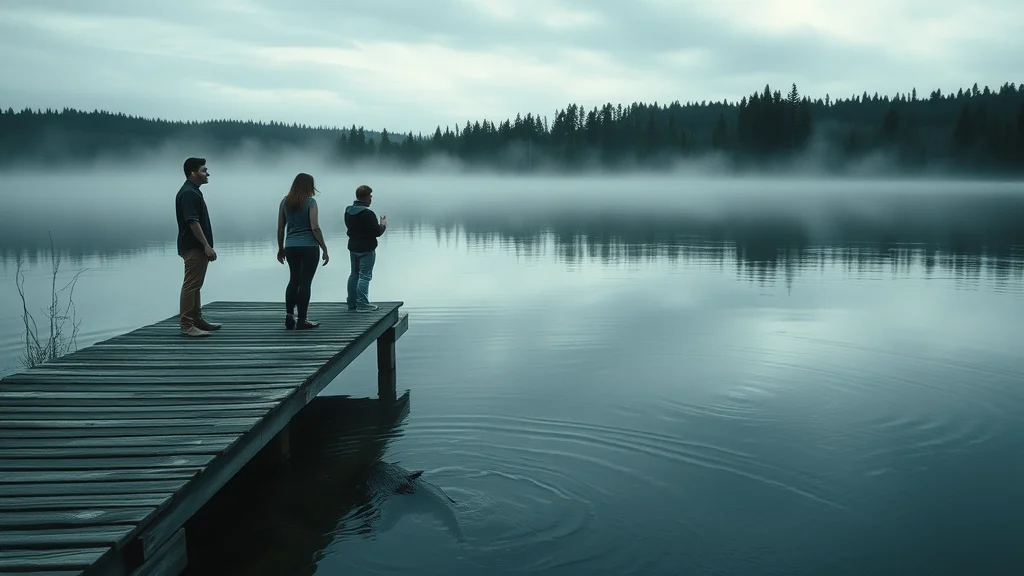
The Modern Era: Reinventing the Horror Genre and Scary Movies
How films like ‘Get Out’ and ‘Hereditary’ elevated the horror movie format
Meta-horror films: Scream and the self-aware slasher
Diversity and new voices in horror movies
In recent years, modern horror has undergone a creative renaissance. Films like ‘Get Out’ and ‘Hereditary’ have proven that scary movies can blend social commentary, psychological complexity, and bone-deep terror. Directors like Jordan Peele have redefined horror as a space for meaningful conversations about race, trauma, and social change, breaking out of the “guilty pleasure” stereotype to earn critical acclaim and mainstream respect.
The meta-horror wave, exemplified by ‘Scream’, turned the genre on its head—both celebrating and spoofing its own tropes, drawing in new generations of fans. With the influx of diverse filmmakers, fresh voices, and global perspectives, the history of scary movies continues to be written every year—ever-evolving, boundary-pushing, and, most importantly, never boring.
From Banned to Acclaimed: Censorship, Controversy, and the Changing Acceptance of Horror Films
Infamous banned horror film titles and their impact on the history of scary movies
Shifting cultural attitudes toward the horror genre
How horror movies broke into mainstream blockbuster territory
From the outset, horror cinema has often clashed with cultural gatekeepers. Early films were frequently censored or outright banned in different countries for challenging social norms or depicting taboo topics. “Video nasties” and infamous titles like ‘The Exorcist’, ‘Cannibal Holocaust’, and ‘A Clockwork Orange’ rocked public sensibilities and fueled moral panics.
But time and again, such controversies only fueled the story of horror, increasing both popularity and box office appeal. As cultural attitudes softened, and audiences became more open-minded, horror not only emerged from the shadows but even earned its place on the red carpet.

Blockbusters & Acclaim: The Evolution Toward Prestige Horror Films
The journey from fringe to prestige is evident as horror productions see increasing critical attention and representation at festivals and award ceremonies. The success of films like ‘Get Out’, ‘Hereditary’, and global hits such as ‘Parasite’ demonstrates that the horror genre can be both a revenue powerhouse—dominating the box office—and a respected art form.
What’s more, horror films are now more likely to address contemporary issues, showcase sophisticated cinematography, and be nominated for top-tier awards, signaling a new era in which the history of scary movies and horror films are finally recognized for their artistic, cultural, and social value.
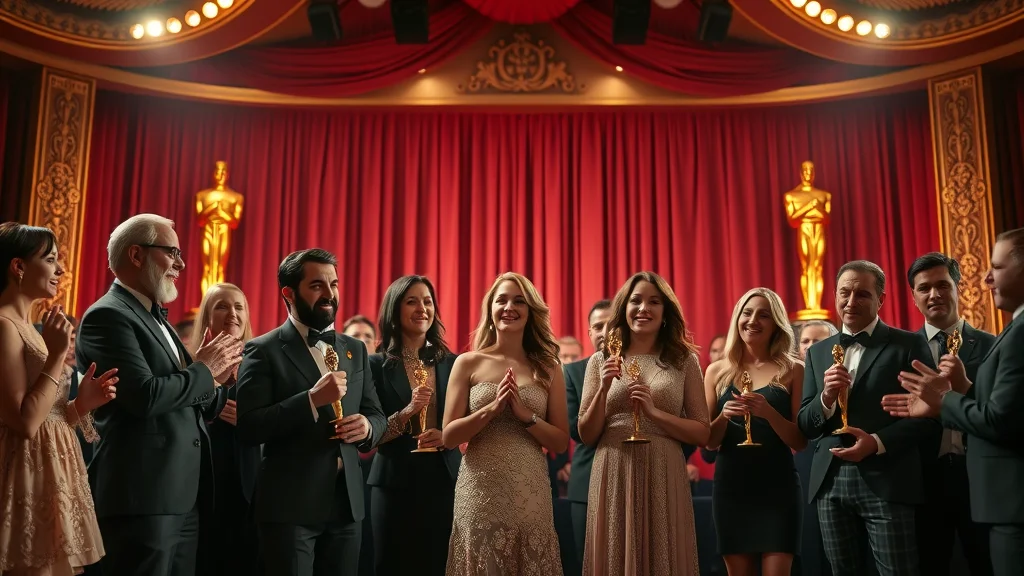
Where Did Scary Movies Come From?
Scary movies originated from ancient folklore, literature, and societal fears. As societies told ghost stories, penned chilling poems (like those by Mary Shelley), and enacted haunting plays, the foundation was laid for cinema to evolve those tales into a new visual art form. With each wave of innovation—stagecraft, silent films, talkies, and special effects—the story of horror adapted to changing technologies and shifting cultural anxieties. Today’s horror films are the direct descendants of those first bedtime stories meant not just to terrify, but to teach, warn, and unite audiences around shared human fears.
The Cultural Psychology Behind the Appeal of Horror Films
Why audiences crave thrills from scary movies
The cathartic effect of horror films and the psychology of fear
The enduring story of horror as a reflection of society’s anxieties
Why do so many of us seek out what scares us? Psychologists point to a fascinating mix of biology and culture. The adrenaline rush and catharsis of watching a horror film triggers a fight-or-flight response, yet in a safe setting—a darkened theater, or the comfort of home. The horror genre lets viewers confront real-world anxieties (war, disease, societal change) through symbolic threats, leaving us stronger, braver, or just more entertained. Horror movies also build community: shared screams spark conversation, debate, and even humor. In every age, the story of horror films is also the story of our own evolving hopes and dreads, woven together on screen.
What Does God Say About Horror Movies?
Religious takes on horror movies span a wide spectrum. Some faiths have raised concerns about the themes and images in the horror genre, warning against exposure to evil or the glorification of violence. Others, however, see horror films as artistic explorations of good versus evil, redemption, or the nature of temptation—sometimes even aligning with classic moral tales. Ultimately, horror movies can provoke deep questions about existence, the soul, and our place in the wider universe. For many, it’s all about context—what’s the story’s message, and how do we respond to what we see on screen?
Key Takeaways About the History of Scary Movies
The horror genre has shaped and reflected societal anxieties for over a century
From folklore to big-budget blockbusters, the story of horror movies offers valuable cultural insight
Controversies and bans have at times only fueled the impact and popularity of horror films
FAQs — More About the History of Scary Movies and Horror Films
Why are horror movies so popular across cultures?
Horror films connect to universal emotions like fear, curiosity, and the thrill of the unknown. Every culture has its own scary stories and monsters, making the genre highly adaptable. Scary movies provide a safe way to explore taboos, process anxiety, and experience catharsis, which is why their popularity transcends language and borders.What are some groundbreaking special effects in horror films?
The history of scary movies is filled with special effects milestones: German Expressionism’s shadow play, Lon Chaney’s transformation makeup, the mechanical shark in ‘Jaws’, John Carpenter’s animatronics in ‘The Thing’, and modern computer graphics in ‘Hereditary’. Each era uses new technology to push the envelope for what can terrify an audience.How do scary movies influence modern pop culture?
Horror movies often introduce catchphrases, characters, and tropes that become pop culture staples—think Freddy Krueger’s glove, the “final girl” and Halloween costumes. They inspire video games, comics, and even fashion, while films like ‘Get Out’ have sparked social discussions far beyond the screen.Are horror movies linked to real-life events?
Yes, many horror films are inspired by real-world fears and events. From world wars to technological booms, horror adapts its stories in response to cultural climate—offering a unique historical snapshot of each era’s specific anxieties.
Lists: Must-See Horror Films from Every Era
Classic Era: 'Nosferatu', 'Frankenstein', 'Psycho'
Slasher Age: 'Texas Chain Saw Massacre', 'Halloween', 'Nightmare on Elm Street'
Modern Horror: 'Get Out', 'The Babadook', 'A Quiet Place', 'Hereditary'
Conclusion: Why the History of Scary Movies Still Matters
The history of scary movies traces our shifting fears, societal changes, and evolving tastes. The horror genre’s enduring legacy lies in its power to both confront and comfort, welcoming new generations into its shadows.
Ready for a Frightening Film Marathon? Start Your Own Journey Through the History of Scary Movies!
Grab your popcorn, dim the lights, and dive into a legacy of chills, nightmares, and unforgettable stories—there’s never been a better time to explore the history of scary movies. Ready to scream?
Sources
History.com – https://www.history.com/news/horror-movies-origins
Film School Rejects – https://filmschoolrejects.com/when-horror-movies-became-mainstream/
RogerEbert.com – https://www.rogerebert.com/features/why-we-love-scary-movies
Bloody Disgusting – https://bloody-disgusting.com/editorials/3668571/short-history-slasher-movie/
Exploring the history of scary movies reveals a rich tapestry of films that have both terrified and fascinated audiences over the decades. For a comprehensive overview, the Wikipedia article on the “History of horror films” provides an in-depth look at the genre’s evolution, from early silent films to contemporary horror cinema. (en.wikipedia.org)
Additionally, the article “Serial Killers: The 10 Scariest Horror-Movie Franchises” delves into some of the most iconic horror series, examining their enduring appeal and the elements that make them stand out in the genre. (time.com)
If you’re serious about understanding the evolution and impact of horror films, these resources will provide valuable insights into the genre’s development and its most influential works. NCWellnessHub.com
 Add Row
Add Row  Add
Add 

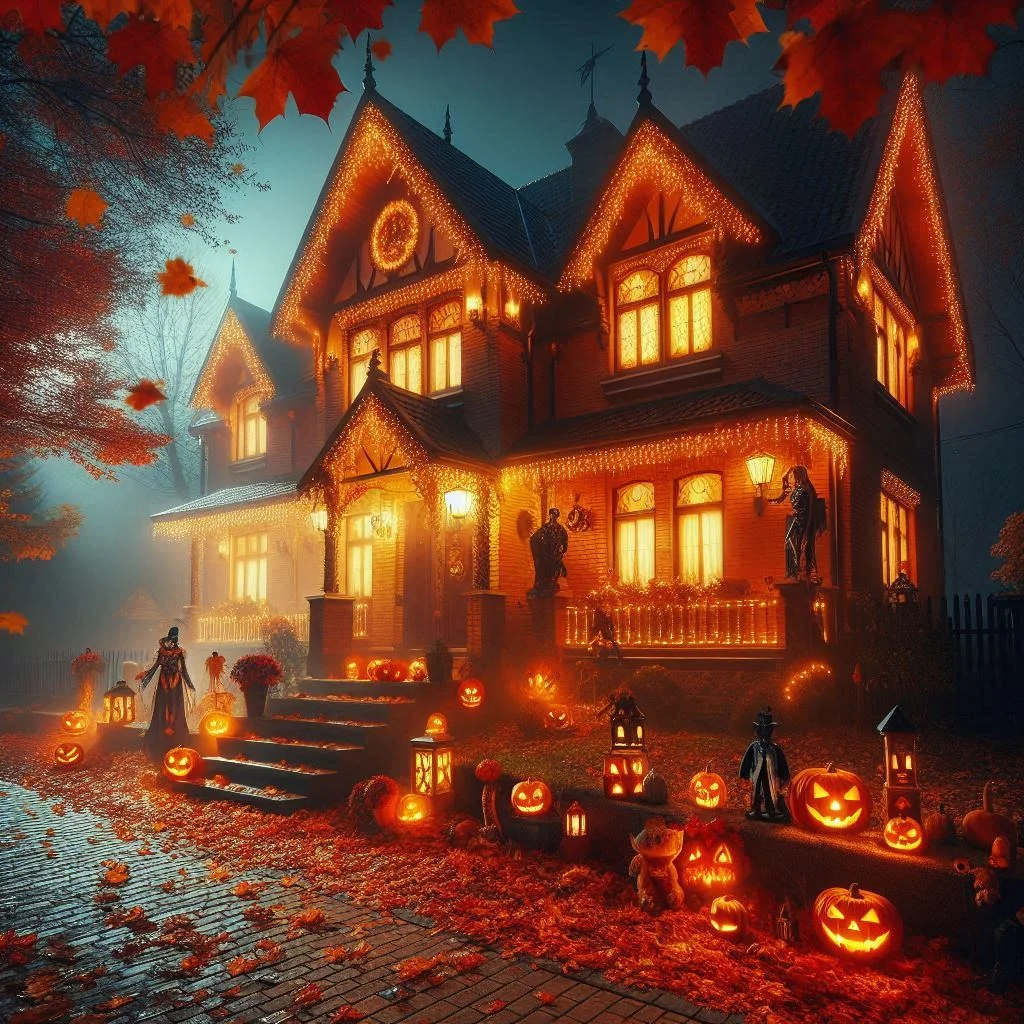


Write A Comment